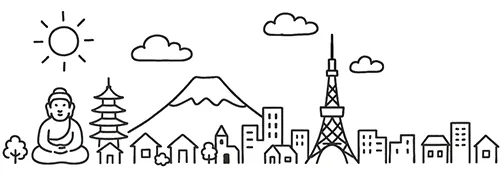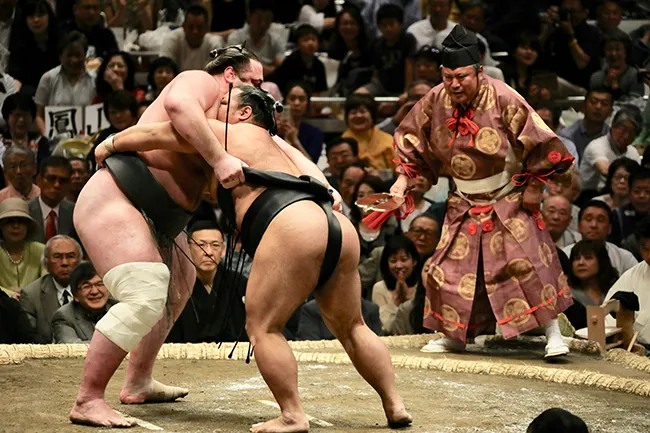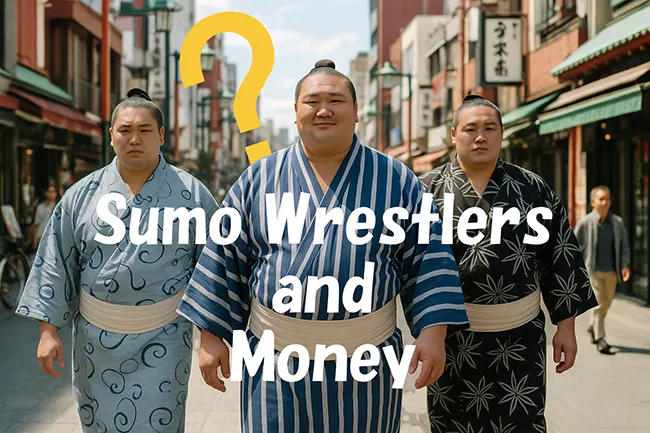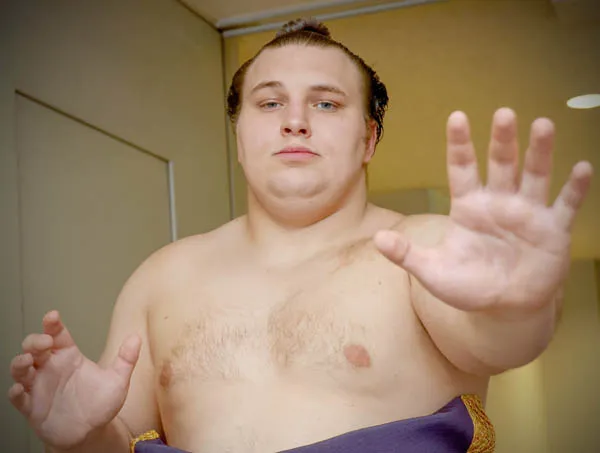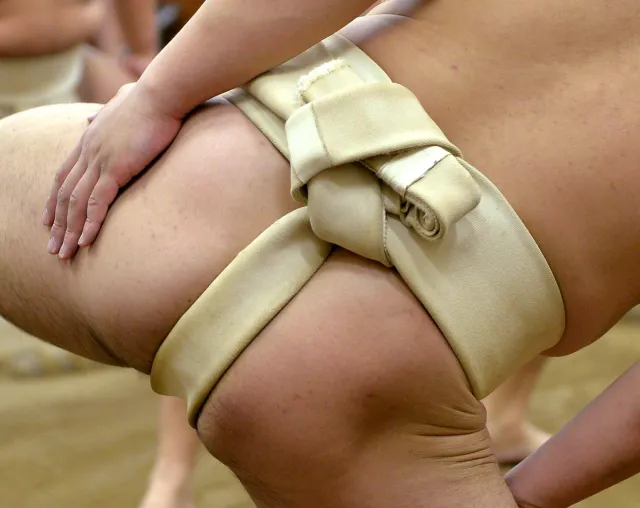Japan’s national sport of sumo might seem closed to outsiders—but it is possible for foreign men to become professional rikishi (wrestlers) in Japan. That said, the path is demanding and involves cultural, physical, and institutional hurdles. This article guides you through the process step by step, with rules, tips and a realistic Western example.
1. Understand the Basics: What you’re signing up for
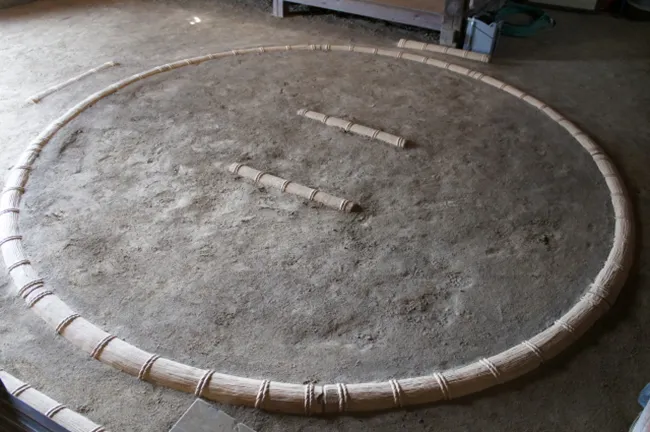
First: if you join a professional sumo stable (or “heya”), you’re not just signing up for sport, you’re signing up for a lifestyle. You’ll live in the stable, follow morning training, communal meals (like chankonabe), chores, strict hierarchy, and a Japanese everyday-life structure. Living communally in Japan may be the most challenging part for someone born outside the country. However, once you are promoted to the Jūryō division or higher, you can leave that communal lifestyle behind.
You’ll also be joining under the umbrella of the Japan Sumo Association (JSA), which governs the sport, the stables, the rankings.
2. Rules & Conditions for Foreign Entrants

Here are the key eligibility conditions and rules you must satisfy:
Recruitment / stable membership
- You must be accepted by a sumo stable (heya) run by a stablemaster (oyakata).
- One major rule: each stable is limited to having one foreign-born wrestler at a time.
- Note: “foreign‐born” means if you were born outside Japan, you are considered foreign even if you later naturalize.
- You’ll need a work visa (or equivalent) to be a professional in Japan under the sumo system.
Physical & basic eligibility
Typical criteria (though subject to JSA’s discretion):
- Age: often under 23 for those without major amateur sumo credentials; for those who have significant amateur sumo results, it may allow up to about 25.
- Education: at least junior high (middle-school) graduation.
- Height & Weight: At one point the minimum was 167 cm (5′6″) height and 67 kg (147 lbs).
- Health: Pass the new-recruit physical examination and medical tests.
The entry procedure
- The stable must accept you, you register as a “new recruit” (shinsedai or similar).
- You participate in the “new-recruit exam” (shindeshi kensa) administered by JSA.
- If you pass, you begin at the lowest professional rank (jonokuchi) and start your career.
- You live in the stable, train, eat, follow ranks, etc.
Sumo viewing and experience here.
3. Realistic Example: A Western (European/North American) Aspirant
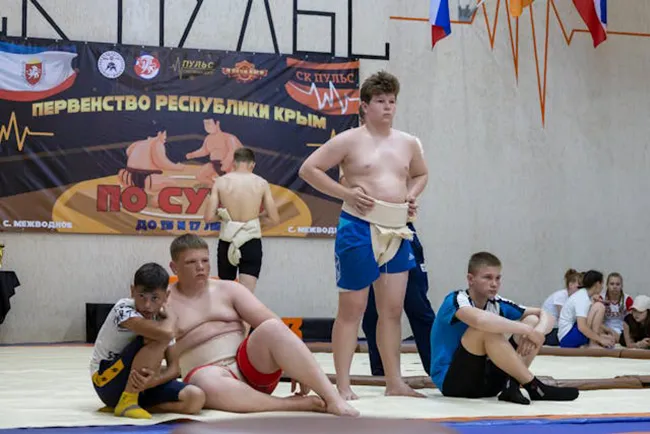
Let’s imagine “John”, a 20-year-old from the UK with a background in rugby and amateur wrestling, wants to become a rikishi in Japan. What does his path look like?
Step-by-step
- Research & approach stables: John contacts sumo stables in Japan (especially around Tokyo/Ryōgoku) that may be open to foreigners. He must check whether the stable currently has a foreign rikishi (if yes, then they can’t recruit a new one).
- Prepare physically & culturally: Since John doesn’t have amateur sumo championships, he must get in shape (height/weight, but more importantly body strength), and start learning Japanese language basics, Japanese daily life, culture, and diet (e.g., communal living and the sumo lifestyle).
- Audition / trial period: The stable may invite John to Japan for a trial period: living with other rikishi, early morning practice, carrying out chores, eating chankonabe, etc. He needs to show he can adapt to the discipline, culture, and life.
- Official entry & visa: If accepted, John officially signs in as a new recruit, passes the new-recruit exam, and obtains residency/work visa in Japan under the stable’s sponsorship.
- Life in the stable: John enters the bottom rank (jonokuchi). He lives in the stable dormitory, trains at dawn, takes meals, helps with chores, has tsukebito (assistants) or becomes a tsukedate (junior) serving older rikishi. He’ll also spend off-duty time studying Japanese and adapting.
- Climbing ranks: Assuming John survives and thrives, his results in tournaments (basho) will determine whether he rises through divisions: jonokuchi → jonidan → sandanme → makushita → juryō → makuuchi. He must perform well consistently for promotion.
- Integration & citizenship: If John wants a long career (coach/oyakata after retirement), he may need to naturalize Japanese later on. But for initial entry, he remains a foreign-born rikishi under the “one foreign-born per stable” rule.
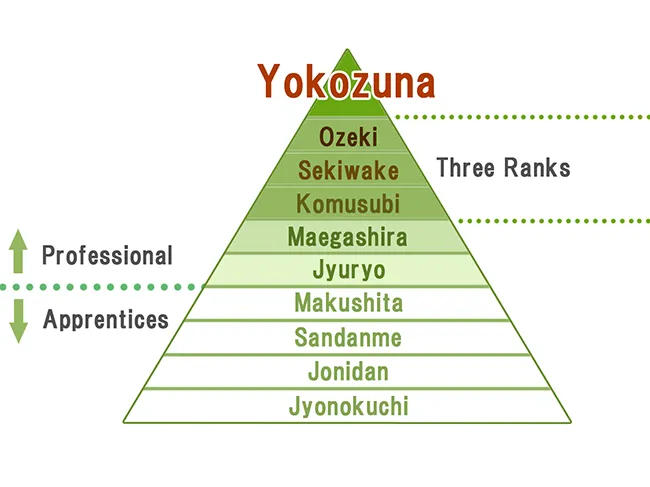
4. Examples of Successful Foreign Sumo Wrestlers
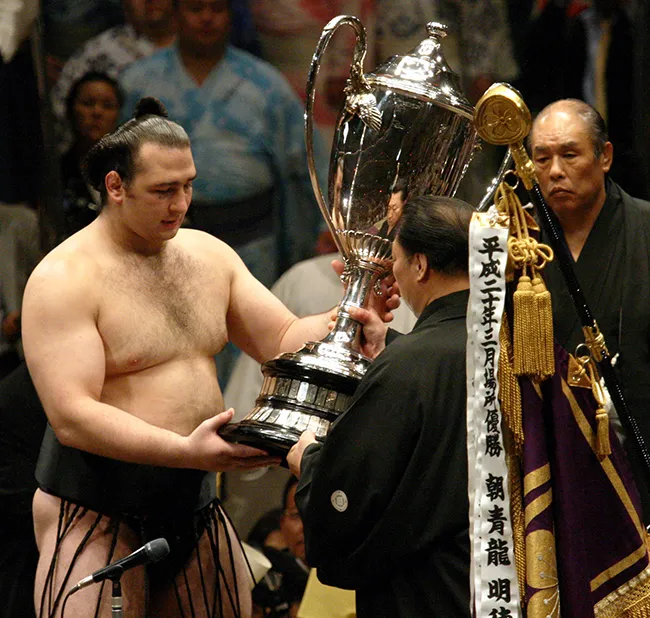
Throughout sumo history, many foreign-born wrestlers have reached remarkable heights in Japan’s national sport. These rikishi not only proved that success is possible for outsiders, but also helped globalize the image of sumo.
From Mongolia: Hakuho and Asashoryu
- Hakuho Sho (白鵬 翔) — Born in Mongolia, Hakuho became one of the most successful yokozuna (grand champions) in history, holding numerous records including most career wins (1,187) and longest reign as yokozuna.
- Asashoryu Akinori (朝青龍 明徳) — Also from Mongolia, he reached yokozuna, known for his explosive power and fierce fighting spirit. He was one of the first Mongolian wrestlers to dominate the top division.
From Hawaii (USA): Akebono and Musashimaru
- Akebono Taro (曙 太郎) — Born in Hawaii as Chad Rowan, he became the first-ever foreign-born yokozuna in 1993. Standing over 2 meters tall, Akebono broke barriers and opened the path for many non-Japanese wrestlers who came after him.
- Musashimaru Koyo (武蔵丸 光洋) — Also from Hawaii, he reached yokozuna in 1999. Known for his size and stability, Musashimaru earned great respect in Japan for his gentle personality and sportsmanship.
From Bulgaria: Kotooshu Katsunori
Kotooshu Katsunori (琴欧洲 勝紀) — Born in Bulgaria as Kaloyan Stefanov Mahlyanov, he reached the rank of ozeki (champion) in 2005. His height and long reach made him a unique competitor. After retirement, he became a naturalized Japanese citizen and now runs his own stable, Naruto-beya.
5. Cultural & Practical Tips for Foreigners
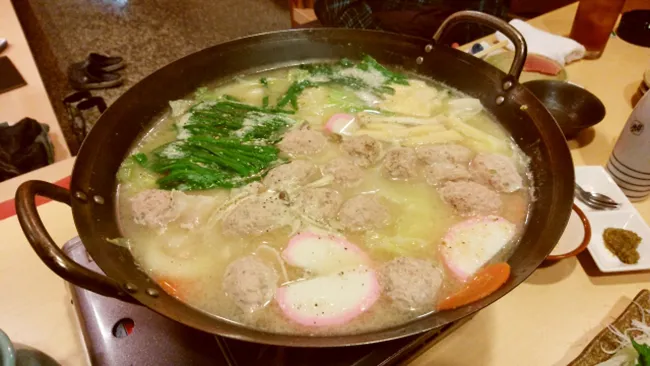
- Language & culture: Learning Japanese will help massively. You’ll live, eat, train, and live in essentially Japanese-only environment.
- Diet & weight: The sumo diet (chankonabe hot-pot, rice, etc) and weight management are tricky. Some foreigners struggle with the diet shift.
- Lifestyle: The living arrangement will mean you don’t have typical freedoms: you’ll follow the senior-junior hierarchy, wear kimono or stable uniform outside practice, have limited private time.
- Visa & bureaucracy: Stability of visa depends on your stable’s affiliation and your compliance with rules.
- One-foreigner rule: Check whether your target stable already has a foreign-born rikishi. If so, you’ll need to look elsewhere.
- Amateur credentials help: If you have strong amateur sumo/wrestling record, you will likely have a better chance (and perhaps slightly wider age window).
- Physical level: It’s not enough just to have strength; you must have the technique, the ability to quickly react in bouts which often end very fast. One foreigner noted the hardest part was “The bout is very rapid … often over before you know whether you’ve won or not”.
- Long-term perspective: Even if you become a rikishi, the top ranks (ōzeki, yokozuna) are extremely difficult; many foreigners appreciate the journey even if they don’t reach the top.
6. Summary Table: Steps & Conditions
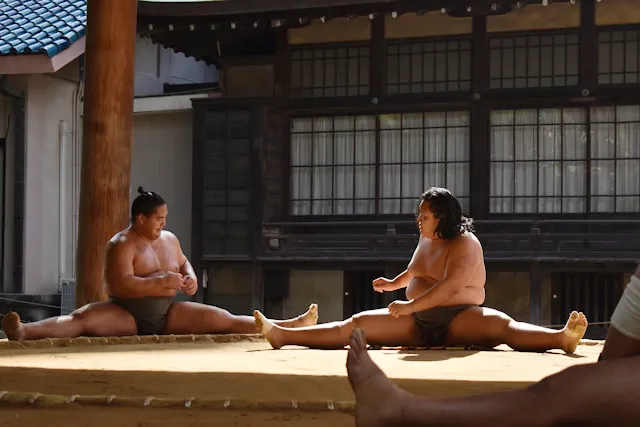
| Step | What to do |
|---|---|
| 1. Stable outreach | Identify stables that accept foreign recruits, check quota. |
| 2. Physical & cultural preparation | Build athletic base, learn Japanese, get ready for lifestyle. |
| 3. Trial & selection | Live the stable’s lifestyle, show commitment, pass exam. |
| 4. Entry & registration | Become new‐recruit, sign with stable, obtain visa. |
| 5. Bottom rank & training | Join jonokuchi, live in stable, train, adapt. |
| 6. Climb divisions | Perform well in tournaments, move up through the ranks. |
| 7. Longer‐term planning | Consider naturalization, coaching career, stablemaster role. |
7. Final thoughts
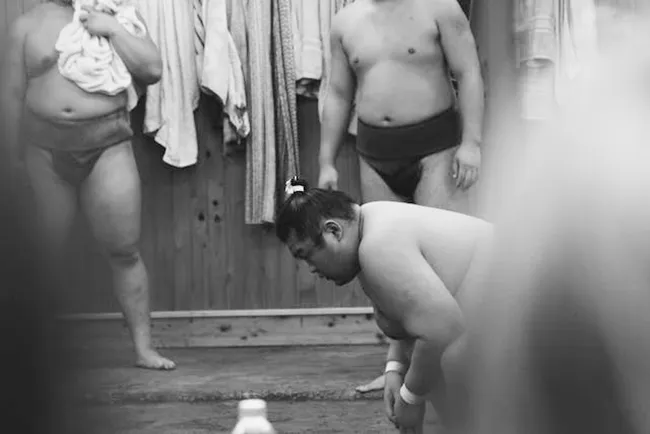
Joining professional sumo in Japan as a foreigner is rare but achievable. It requires extreme discipline, adaptation, athleticism and cultural immersion. If you’re serious, willing to move to Japan, live differently, train hard and accept the expectations — it could be the opportunity of a lifetime.
Aonishiki, who is rapidly rising through the ranks with the goal of becoming a Yokozuna, had previous experience in wrestling. Having a background in wrestling or judo can be a significant advantage for those entering the world of sumo. If that sounds like you, why not try to seize your own “Japan Dream”?
Thanks for reading!
